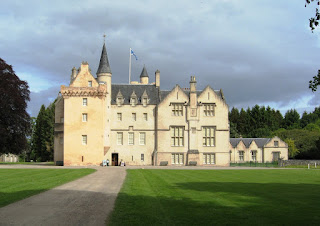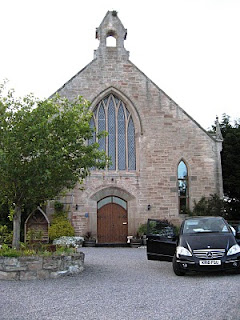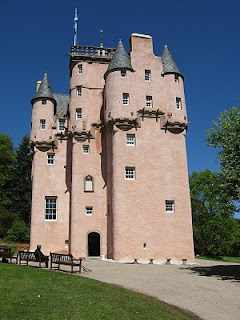Exploring Scotland 1 Castle at a Time, Part 18, Brodie Castle

We arrived at Brodie Castle too early and it wasn’t open, but we still wandered around and enjoyed the grounds and took pictures of the castle and of course the Rodney Stone. Malcolm, Thane of Brodie, was an ancestor of the Pictish aristocracy and there is evidence that he was in possession of the land in 1160. Because of the right of ancestory, Robert the Bruce chartered the property to Malcolm’s son Michael. The castle was constructed in 1567 and 35 generations of Brodies lived in it until recently. It is under the protection of Historic Scotland and the Brodie heirs no longer live there. Mary Queen of Scots for a brief time confiscated the property when the 12 Earl, a Presbyterian, voiced his opposition to her rule. In 1645 Lord Lewis Gordon plundered and burnt the castle because the 15th Earl, Alexander, was a Covenanter. ( A covenanter was a Presbyterian who had signed a covenant to uphold that the Presbyterian faith was the sole religion of their country.) Documents th...



